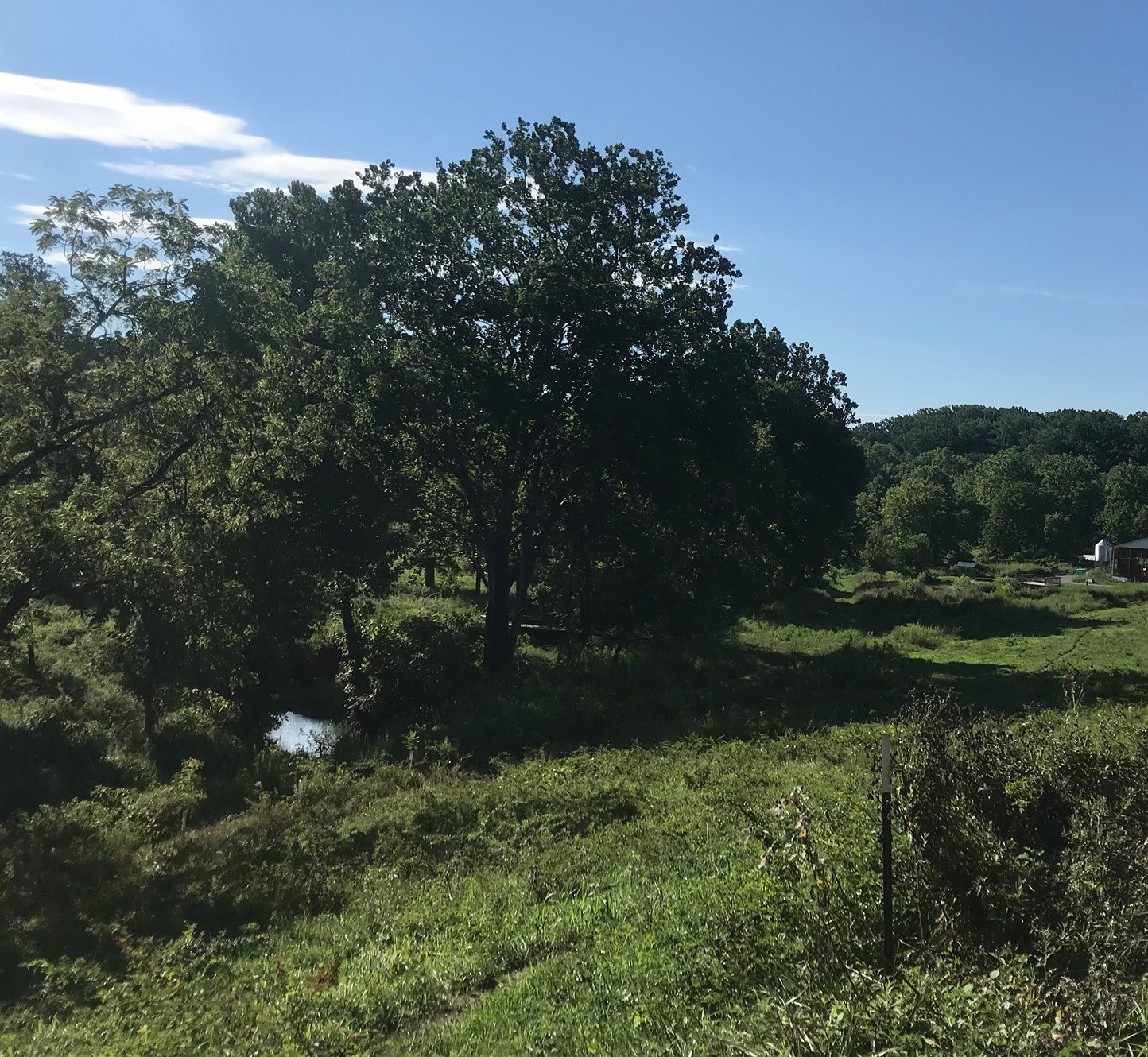Pricing: The Cost of Reality
We know that our products are more expensive than what you can find in a grocery store – despite the fact that our margins are as thin as a grocery store’s.
The components that make our food more expensive include:
- Feed Cost
- Pasture raised ruminant animals – If the grass is free, why is the beef so expensive? It’s true that our beef and lamb only eat grass. Most of our beef cost is reflective of labor cost. It takes us at least six months longer to raise a beef steer than a factory feedlot. Our managed intensive grazing methodology requires labor and attention every day.
- Ducks, pigs, and chickens – While these animals are on pasture and woodlands every day, they do consume an organic grain mixture. If we didn’t provide them with grains, the ducks and chickens wouldn’t produce eggs, and the pigs wouldn’t grow. The certified USDA grain mixture we use is expensive. We cannot even find this soy-free mixture in Maryland, so we drive to Lancaster PA to pick up 14,000 lbs at a time.
- Labor Cost – We do not raise animals on a feedlot. Feedlots are designed to be very machine intensive and not require a lot of labor. Our method of raising animals on pasture and in woodlands is much better for the animals, and it requires more labor.
- Environmental Stewardship – We are happy not to use antibiotics and harsh chemicals to help animals get over illnesses. However, it’s more expensive for our staff to administer herbs to bring our animals back to health. Ultimately, raising animals in a clean, healthy, grassy environment is important to us and our customers.




Your point of view caught my eye and was very interesting. Thanks. I have a question for you.
Thanks for sharing. I read many of your blog posts, cool, your blog is very good.
Your article helped me a lot, is there any more related content? Thanks!
Thanks for sharing. I read many of your blog posts, cool, your blog is very good.
Thank you for your sharing. I am worried that I lack creative ideas. It is your article that makes me full of hope. Thank you. But, I have a question, can you help me?
Thank you for your sharing. I am worried that I lack creative ideas. It is your article that makes me full of hope. Thank you. But, I have a question, can you help me?
Thanks for sharing, this is a fantastic post.Really thank you! Fantastic.
I like what you guys are up too. This sort of clever workand coverage! Keep up the great works guys I’ve incorporated you guys to blogroll.
Without passionate kisses, where can the tumbling on the bed come from?
Good blog you’ve got here.. It’s difficult to find high quality writing like yours these days. I truly appreciate people like you! Take care!!
No matter if some one searches for his essential thing, therefore he/she desires to be available that in detail, therefore that thingis maintained over here.
Say, you got a nice article post.Thanks Again. Great.
I really liked your blog.Really looking forward to read more. Fantastic.
Major thanks for the blog post.Really looking forward to read more. Really Great.
I really enjoy the blog article.Really thank you!
Great article post.Really looking forward to read more. Will read on…
Thanks a lot for the article post.Thanks Again. Cool.
Great article.Really thank you! Cool.
Great, thanks for sharing this post.Much thanks again. Really Great.
I like it when individuals come together and share ideas. Great blog, continue the good work!